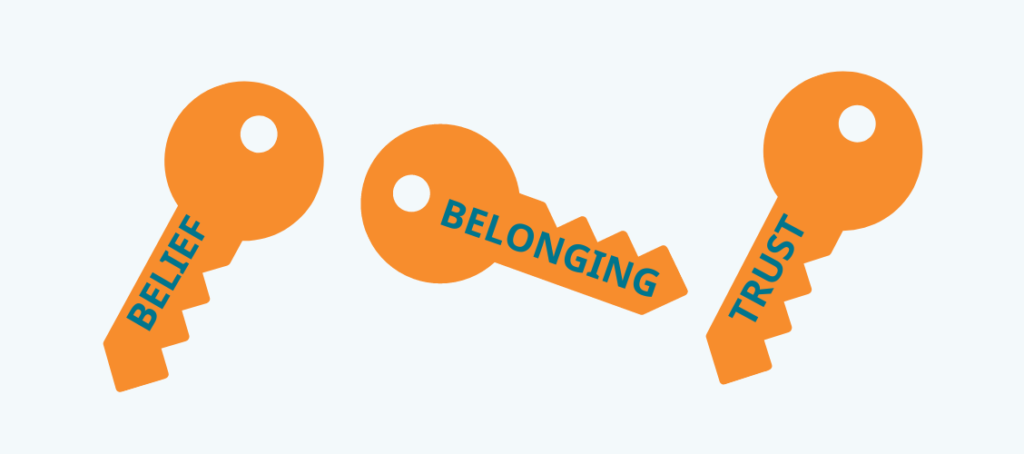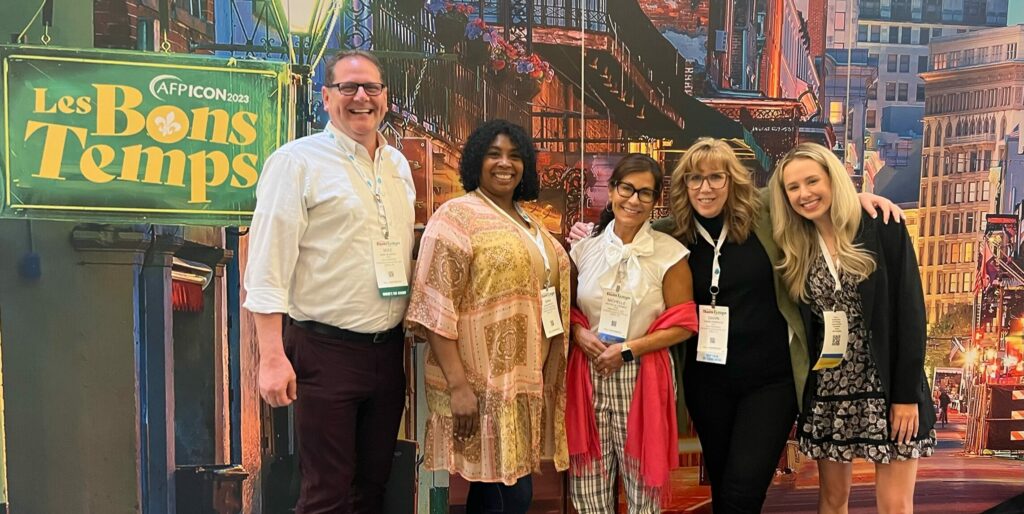“Is our organization ready to launch a campaign?” This question is why Cramer & Associates exists – to help nonprofits prepare for and execute successful campaigns that help fulfill their missions and bring their visions to life.
We always say that launching a campaign is best done when your organization needs to. However, it’s crucial to prepare for a campaign well before any urgent needs arise. Building strong relationships within your team and community, nurturing and cultivating donors regularly, developing and following processes, and marketing your organization effectively are all small steps that accumulate over time and equip you for your next significant fundraising effort.
We believe that organizations who are not currently running a campaign fall into one of three phases: the Organizational Health Phase, the Vision Phase, or the Preparation Phase. To determine which phase you’re in, we’ve developed a Campaign Readiness Checklist with questions for you to consider. By answering these, you’ll be able to guide your organization towards success and be better prepared to tackle any upcoming campaign challenges.
The Organizational Health Phase
Have you recently completed a campaign? Was your last campaign several years ago? Or, have you never launched a campaign? If any of these apply, you are probably in the Organizational Health Phase. Addressing critical fundraising, operations, and communications processes a little bit each day will make visioning and preparing for a campaign much easier.
Are your leaders actively involved in fundraising?
In order to position your organization for a successful campaign, your Executive Director and Development Director must collaborate closely and be seen as partners. The Executive Director should take an active role in nurturing and requesting support from major donors, while the Board should be actively engaged in annual fundraising activities. Additionally, the Development Director should have a seat at the table in Board meetings, providing updates and working with leaders to develop plans for cultivating relationships, opening doors, and securing major donations.
Do you actively cultivate and steward current and potential donors?
When creating your annual fundraising plan, it’s important to include activities that provide opportunities for your staff to develop, foster, and sustain relationships with both current and potential donors. Donors should not only hear from your organization when a donation is requested or when their pledges are due, but throughout the year by sharing success stories, milestones, and occasionally reaching out for advice or guidance. By doing this, donors will feel valued and appreciated for their relationship, and input, just as much as, if not more than, their monetary contributions.
Do you have a robust pipeline of support?
To maintain a healthy organization, you should have a variety of funding sources, including recurring gifts from individuals and businesses, sponsorships, public funding and grants, and social enterprises. A diverse donor pipeline consisting of prospects at different stages of giving is needed so you are not seen as relying too heavily on a single source of funding or donor. Additionally, fundraising staff should regularly engage with volunteers, expressing gratitude for their dedication and impact towards your organization’s mission.
Is your organization a known entity in your community?
As a nonprofit, the worst thing to be known as is the “best kept secret in town.” To garner the support you need, you must have a strong marketing plan that targets your desired donor base. This can include various channels like e-marketing, online and print ads, and active social media pages. Community members and potential donors must understand your mission and the impact you make. Ultimately, when they think of the issue or problem your organization addresses, you want yours to be the first organization that comes to mind.
The Vision Phase
The need for a campaign has presented itself—perhaps in the form of an ambitious new program, a much-needed move or building renovation, expanded endowment funds to prepare for the future—or a little bit of all! You have a rough idea of what your organization needs to raise money for. Now it’s time to start filling in the details.
Do you have a worthy “why”?
Every day, donors are being asked to give to a multitude of organizations, so your request needs to stand out. To achieve this, everyone on your team needs to understand the purpose of your campaign. Everyone should be able to answer the “W” questions: Why now? What impact will it have? What difference will it make? Why should I care? Everyone at your organization must fully support this vision and the need for a campaign. It’s also imperative to have 100% of your Board members ‘on board’ with your plans. With an internal team that knows the “W’s” and acts as passionate spokespeople, it’ll be much easier to convince donors and the community to support your vision when the time comes to ask them.
Can you justify your vision with data and stories?
Your organization possesses compelling data and statistics that showcase your mission and the urgency to take action. However, donors are driven by both emotions and logic. Therefore, your campaign must also draw from those curated library of stories to highlight the tangible impact on individuals, the community, and the world. To hit both the heart and head, your vision must resonate with both the rational and emotional aspects of your audience.
Have you engaged experts to help you clarify your vision?
Nailing down realistic estimated costs for your plans, even if they are not finalized, is very important. Donors want to know that you will be responsible stewards of their gifts and advice and guidance from trusted experts in real estate, architecture, construction, financial planning, and/or any other relevant areas is critical to clarifying your vision to prospective donors. If these experts already have ties to your organization, asking for advice might even help cultivate campaign gifts.
Have you started to take action to achieve your vision?
After receiving needed information and advice from trusted experts, you may have begun putting preliminary plans into motion. Perhaps you’ve scouted an ideal neighborhood for a new building, or even secured land for construction. Maybe you’ve tested a new program with a small focus group or researched similar successful programs. If so, your next step is to crunch this data and begin developing a strong pro forma that explains how you will sustain your vision, after the campaign has ended.
The Preparation Phase
In this phase, you begin to reveal your vision to key stakeholders outside of your immediate team. As you ask for their input and gauge their support, it can be a nerve-wracking but exciting time. You’re so close to launching your campaign, you can feel it! With just a few more key steps, you will be well on your way to bringing your vision to life.
Have you conducted a feasibility study?
We refer to a feasibility study as an insurance policy for your campaign. It ensures that your goals are achievable and that the donor community finds your vision worthy of their support. This important step involves collecting data and insights from individuals who have influence, affluence, and affinity for your organization. Through this process, an achievable campaign goal is determined along with identified potential volunteer leaders and leadership gifts that will propel your campaign to success.
Have you told your long-term and top donors about the campaign?
Every organization has them, those trusted donors and champions who are steadfast about their passion for your mission. They may be former Board members, a passionate community philanthropist, long-time volunteers, or even your founder; and these dedicated and influential donors should always be the first to know when your organization is planning to launch a campaign. A conversation with your Executive Director and/or Development Director ensures that they are not only informed, but that they know how valuable they will be to your future campaign.
Do you have a case for support?
A compelling case for support articulates your vision, your goals, and the spirit of the campaign. The case is developed and refined during and after the feasibility study and showcases heartfelt stories and sound data to prove that your campaign is not only necessary and urgent, but worthy of donors’ investments.
Have you engaged campaign counsel?
A campaign takes considerable time, strategy, and effort. Experienced, knowledgeable campaign counsel will keep your staff, Board, and volunteers aligned and your activities on-track so that fundraising never gets in the way of what matters most: your mission and impact.
Based on the descriptions above, what pre-campaign phase is your organization in? No matter which, Cramer & Associates is ready to partner with you to prepare for, launch, and successfully complete your campaign. Download our Campaign Readiness Checklist to see where you are today. Then reach out to speak to our consultants about your most pressing campaign preparation needs and how we can help you meet them.
We are always posting campaign advice and fundraising insights on our blog! Sign up for our newsletter and follow us on social media so you don’t miss a thing.






